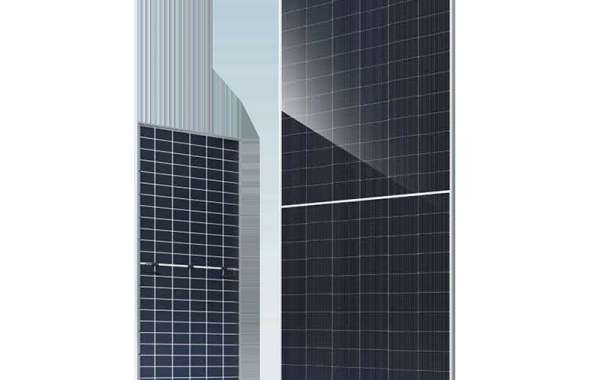The technology behind solar panels is not static; it is a field characterized by persistent innovation aimed at improving efficiency, reducing costs, and expanding applications. Research into new materials, such as perovskites, promises the potential for solar panels that are lighter, more flexible, and capable of achieving higher conversion rates of sunlight to electricity. These advancements could open new markets and applications beyond traditional rooftop arrays, including integration into vehicle surfaces, building facades, and even wearable technology. The fundamental goal remains to make the electricity generated by every solar panel more affordable and accessible than ever before.
Integration with energy storage systems represents a critical evolution for solar technology. While solar panels produce energy intermittently—only during daylight hours—battery storage solutions allow for the capture and retention of surplus power. This stored energy can be used when the solar panels are inactive, such as in the evening, effectively increasing a household's energy independence from the utility grid. This combination of a solar panel array with a battery system transforms a renewable energy setup into a more reliable and consistent power source, providing security during grid outages and maximizing the use of self-generated clean electricity.
The role of solar panels is expanding to encompass entire smart energy systems. Virtual power plants (VPPs), which aggregate the distributed energy from thousands of individual solar panel systems and batteries, can provide stability and capacity to the main grid during periods of high demand. Furthermore, the concept of community solar allows individuals who cannot install their own solar panels to subscribe to a shared array and receive credits on their electricity bills. These developments point toward a decentralized and democratized energy future where solar panels act as the primary building blocks. This networked approach, founded on widespread adoption of solar panels, is crucial for building a resilient and sustainable energy infrastructure for the future.







